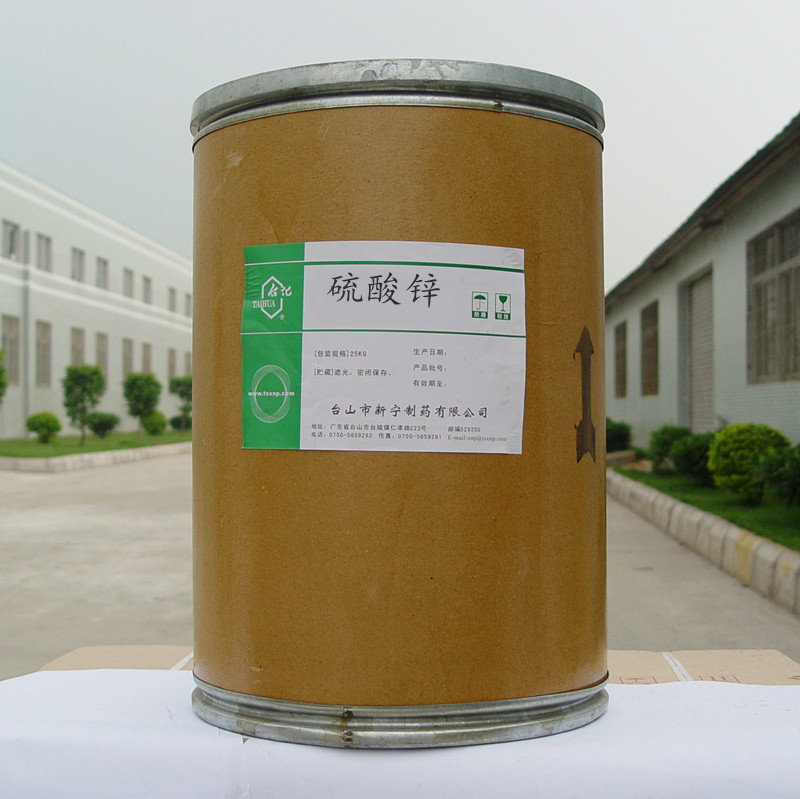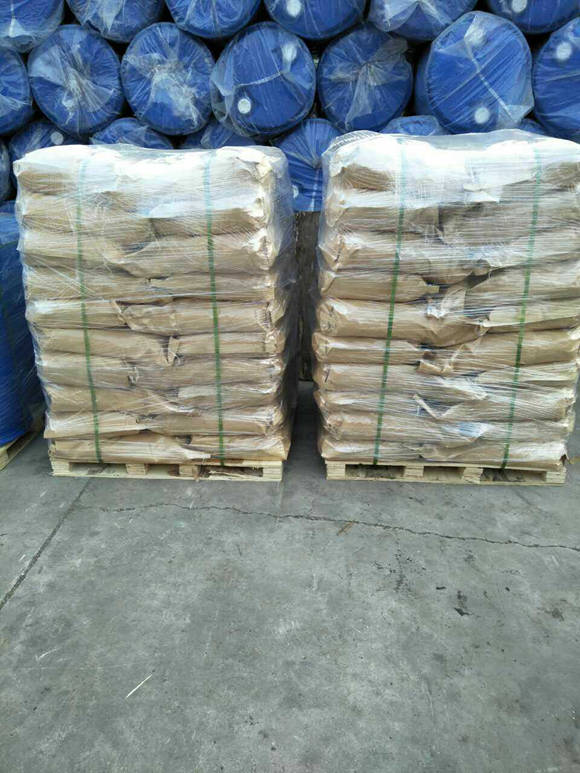Food(Feed) Additives
Feed Additive
Additives For Food Packaging
Colorant
Stabilizer and Coagulator
Water Retention Agent
Feed Deworming Health Agents
Anti Corrosion and Preservation
Color Fixative
Flour Treatment Agent
Defoamer
Coating Agent
Feed Vitamins
Emulsifier
Other Food Additives
Nutritional Fortifier
Thickening Agent
Feed Quality Enhancer
Antioxidants
Chewing Gum Bases
Bulking Agent
Feed Amino Acids and Small Peptides
Flavor Enhancer
Sweeteners
Additives For Feed Preservation
Other Feed Additives
Food Additive
Bleaching Agents
Anticaking Agent
Food Flavors and Fragrances
Enzyme Preparation
Feed Trace Elements
Acidity Regulators
Feed Growth Promoters
Feed Conditioner
Find
203
related chemicals for you
CAS:50-14-6
Molecular Formula:C28H44O
Alias
More Information
Calciferol,Ercalciol,Ergocalciferol; Daral; Infron; Ergocalciferol; Ertron
Brief Introduction
Indications: large dose is also used for skin tuberculosis, skin and mucous membrane lupus erythematosus, etc. Vitamin D3 can regulate cell growth, including inducing normal cell differentiation and inhibiting cell proliferation.
Suppliers
View More Vendors (6) >
CAS:52-89-1
Molecular Formula:C3H8ClNO2S
Alias
More Information
(R)-2-Amino-3-Mercaptopropanoic Acid Hydrochloride; L-Cysteine, Hydrochloride; L-Cysteine HCL; L-Cysteine Hydrochloride Anhydrous; Cysteine HCL
Brief Introduction
Cysteine is one of 20 kinds of natural amino acids. It is a non essential amino acid with sulfur (like methionine). Methionine and serine can be synthesized in animals. It can alleviate and repair the damage of radiation to human body. It has a wide range of detoxification in the human body, and is the treatment of acrylonitrile and aromatic acidosis. It is helpful to abstain from alcohol addiction and is necessary for the brain and liver; It is necessary for the regeneration of liver cells.
Suppliers
View More Vendors (6) >
CAS:6020-87-7
Molecular Formula:C4H11N3O3
Alias
More Information
Glycine, N-(Aminoiminomethyl)-N-Methyl-, Monohydrate; 2-[Carbamimidoyl(Methyl)Amino]Acetic acid,Hydrate; 2-(1-Methylguanidino)Acetic acid Hydrate; Creatine Hydrate; L-Creatine Mono; Creatine, Monohydrate; Creatine Monohydrate, BR; N-Guanyl-N-Methylglycine; Creatin Monohydrate
Brief Introduction
It is widely used in food, beverage, additive, etc. Pharmaceutical raw materials and additives for health care products. It can inhibit the production of muscle fatigue factors, reduce fatigue and tension, restore physical fitness, accelerate human protein synthesis, make muscles stronger, enhance muscle elasticity, reduce cholesterol, blood lipid and blood glucose levels, improve muscle atrophy of middle-aged and elderly people, and delay aging.
Suppliers
View More Vendors (5) >
CAS:68-04-2
Molecular Formula:C6H5Na3O7
Alias
More Information
Trisodium Citrate; Fema 3026; Citnatin; Citreme; Citrosodine; Anhydrous Sodium Citrate; Citric Acid 3Na; Citric Acid Trisodium Salt; Citrosodina; Na3-Citrate; Natrocitral; Anhydrous Trisodium Citrate; Citrosodna; Citric Acidsodium,Anhydrous; 1,2,3-Propanetricarboxylicacid, 2-Hydroxy-, Sodium Salt; Trisodium Citrate Dihydrate; Sodium Citrate 4% Anticoagulant Solution
Brief Introduction
Sodium citrate is used as flavor agent and stabilizer in food and beverage industry; It is used as anticoagulant, expectorant and diuretic in pharmaceutical industry; In detergent industry, it can replace sodium tripolyphosphate as a non-toxic detergent additive; It is also used in brewing, injection, photographic medicine and electroplating. Sodium citrate is also one of the basic reagents in biological experiments.
Suppliers
View More Vendors (5) >
CAS:7446-19-7
Molecular Formula:H2O5SZn
Alias
More Information
Zinc,Sulfate,Hydrate; Sulfuric Acid Zinc Salt Monohydrate; Zinc Sulfate-1-Hydrate; Zinc Sulfate; Zinc Sulphate H2O; Zinc Sulphate Monohydrate; Zinc Mesosulfate (Znh2So5); Zinc Sulphate Monohydrate LR
Brief Introduction
This product is the raw material for manufacturing zinc salt and lithopone. Electrolytic industry is used for cable galvanizing and electrolytic pure zinc. It is also used to prevent diseases in fruit tree nurseries, wood and leather preservatives and man-made fiber industry. Food grade is used as a nutritional supplement (zinc fortifier). It can be used in the manufacture of artificial fibers, pesticides, dyes, electroplating and other zinc salts. It is the raw material for the manufacture of zinc salts and lithopone. Electrolytic industry is used for cable galvanizing and electrolytic pure zinc. It is also used to prevent diseases in fruit tree nurseries, wood and leather preservatives and man-made fiber industry. Food grade is used as a nutritional supplement (zinc fortifier).
Suppliers
View More Vendors (5) >
Inquiry (
10
/ 10
)
Clear All
You can inquire for up to 10 products at a time
Sign In
Error!

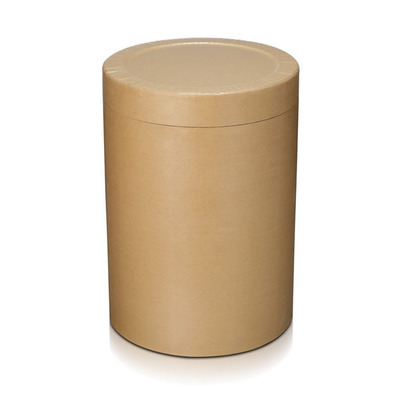

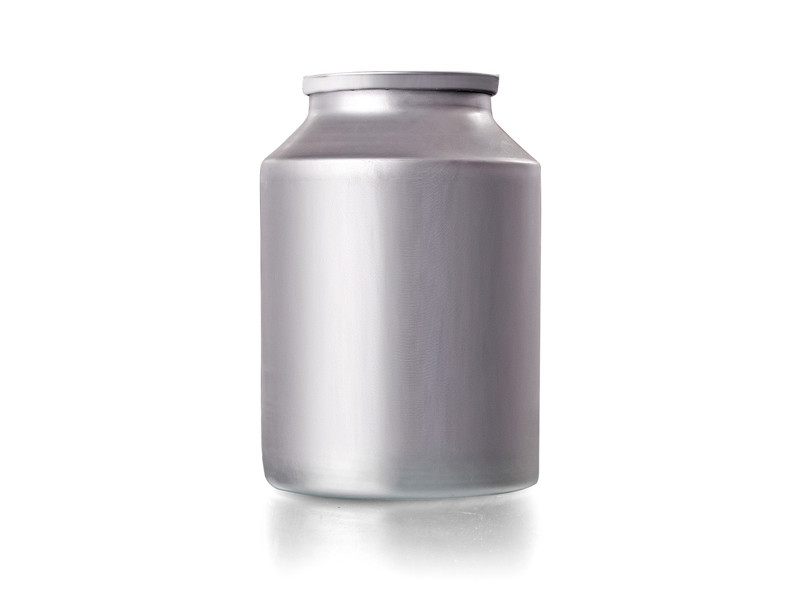
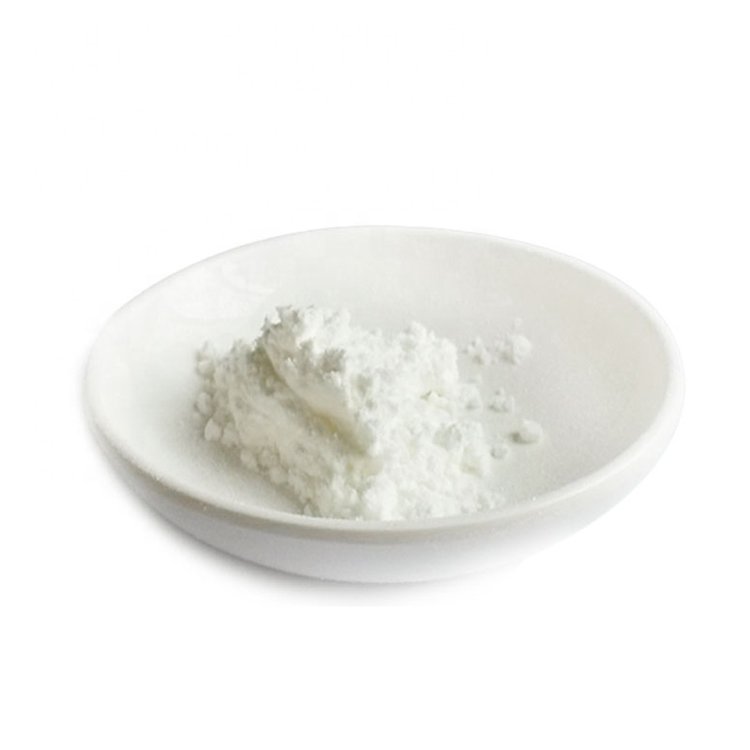


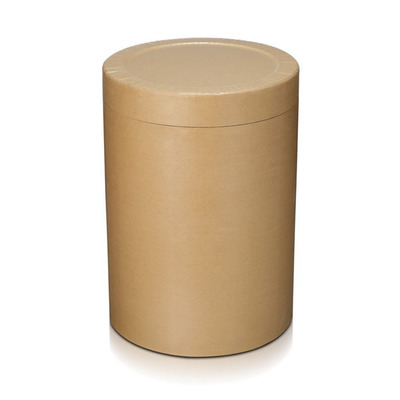
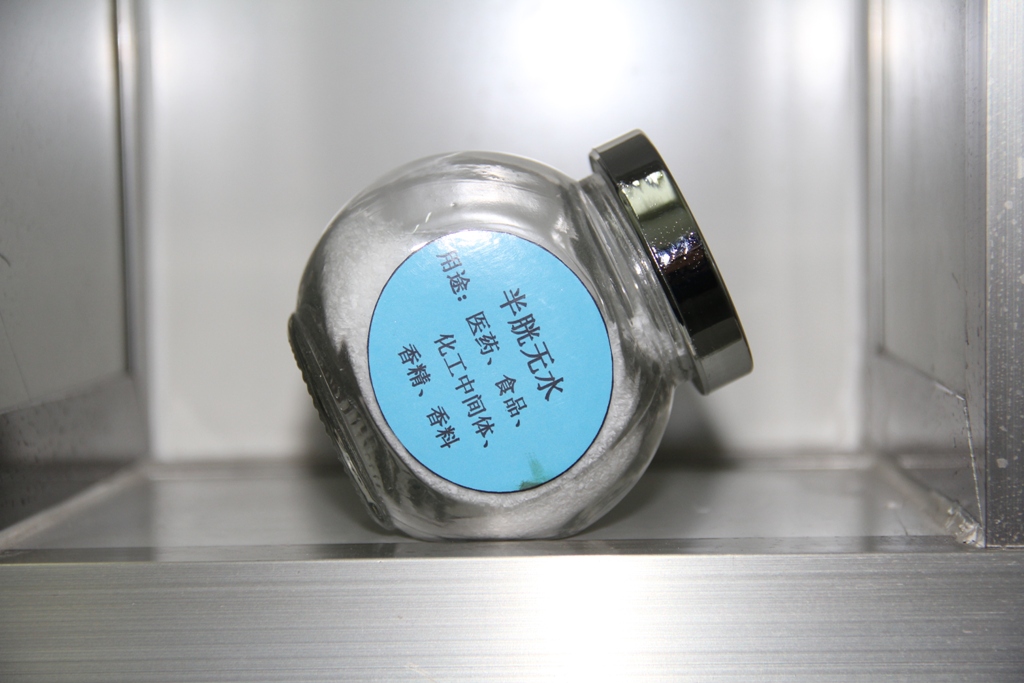
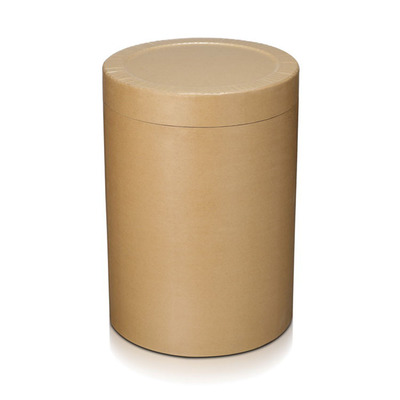
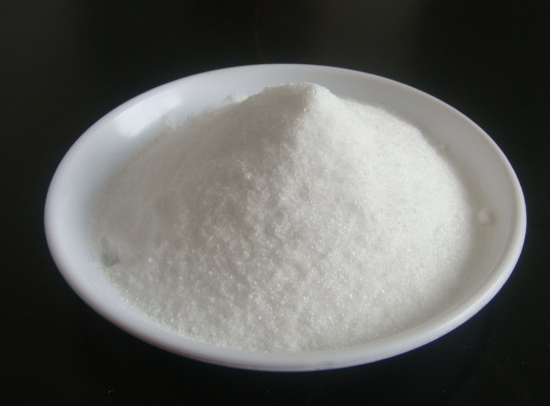
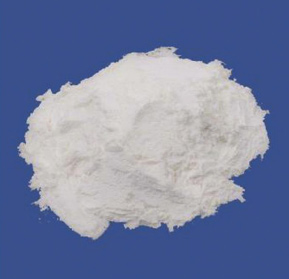
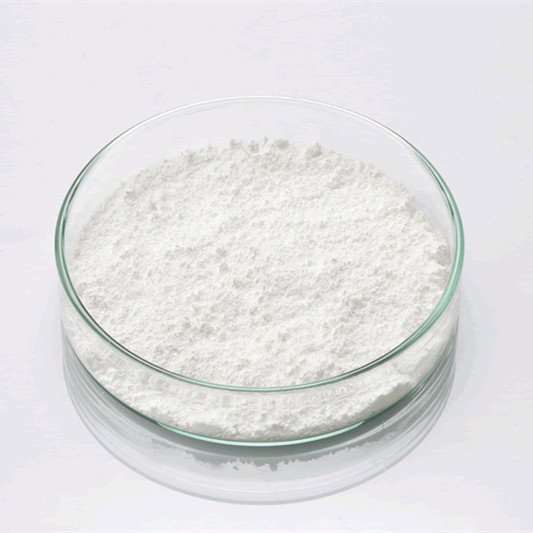


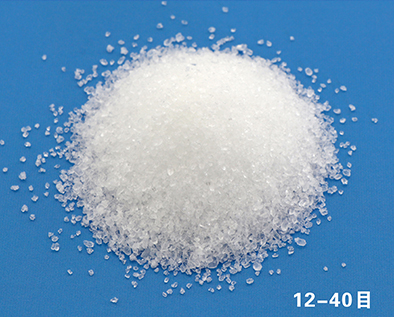
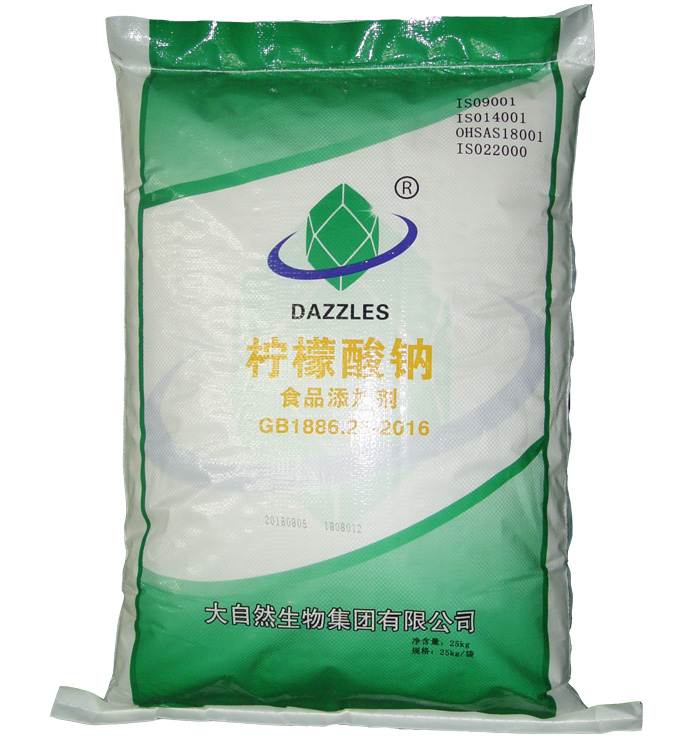
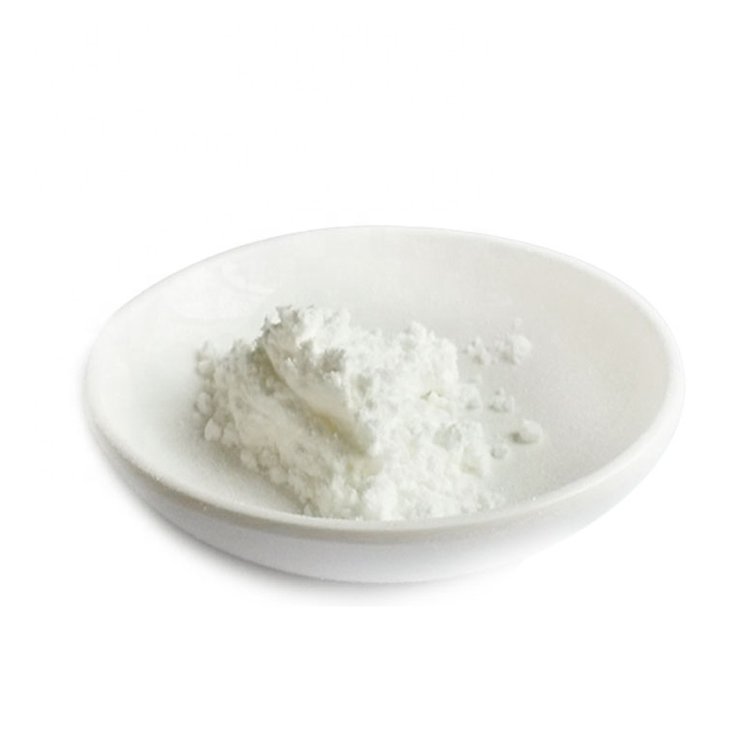
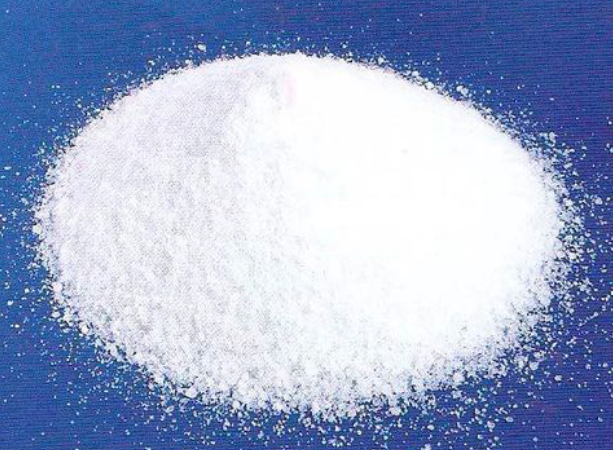
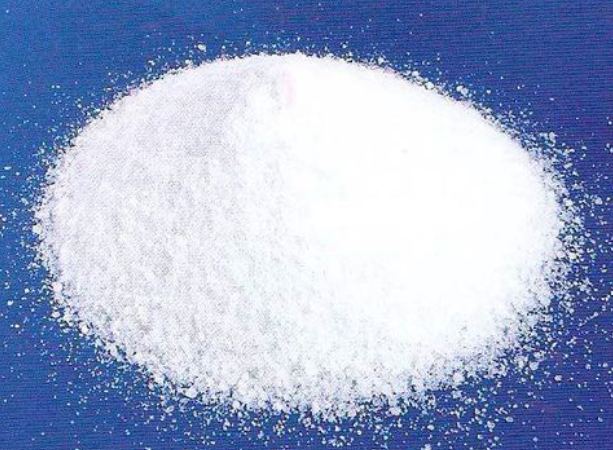
.jpg)
